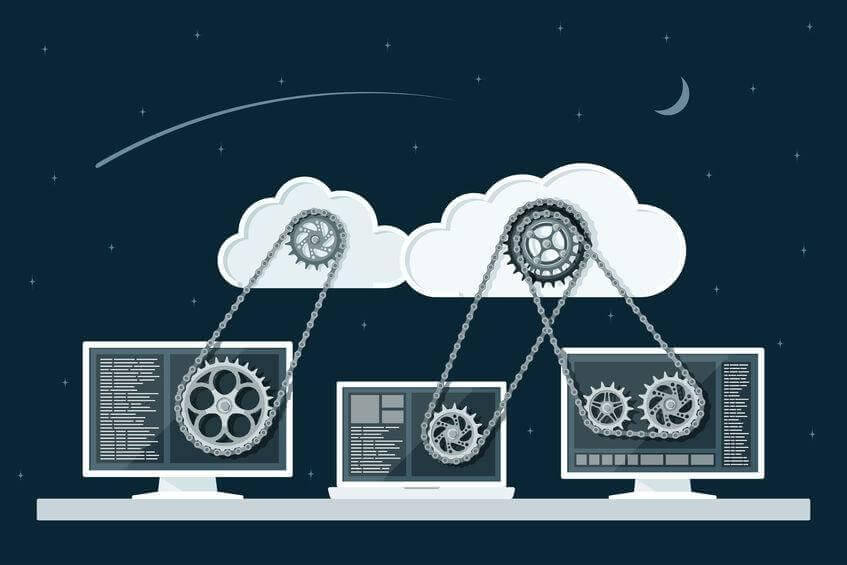As a software outsourcing company, we work with a variety of partners in different stages of cloud adoption, but across all clients the consensus is clear; the cloud is a key component to accelerating business growth and adding value.
The annual RightScale State of the Cloud Report dives deeper into the world of cloud and explores exactly what strategies SMBs and Enterprises are adopting and why. A few key points about the evolution of cloud strategies in the RightScale 2018 State of the Cloud Report are noted below. You can find the full report here.
Overall, 96 percent of respondents are using the cloud and 81 percent of those respondents use a multi-cloud strategy. Multi-cloud strategies are growing in popularity as clients look to move away from depending on just one vendor for all their cloud needs. Sebastian Velez, Perficient Latin America’s Director of Engineering covered the topic of a multi-cloud strategy in an interview with Clutch. “It’s clear that we have a lot of vendors right now – a lot of big companies. AWS, Azure, Google, and IBM, for example, are always looking to create new services and are providing new competitive advantages over other vendors. It’s okay to leverage that. For example, you can leverage the machine learning service from one vendor. It’s good, at least from a deployment strategy, to have the ability to deploy on multiple vendors or refuse dependence on just one of those vendors.”
[Related Content: PSL’s Director of Engineering Discusses Cloud Strategy]
One Cloud, Two Cloud, Three Cloud, More!
On average, respondents are using almost 5 clouds across public and private clouds. Most respondents are running applications on an average of 3 clouds and actively experimenting with 1.7 more clouds. The majority of the clouds being used are public which is unsurprising considering many enterprises, 38 percent of them responding to the survey to be exact, are making public clouds at “top priority”
Challenges in the Cloud: Security and Costs
Implementing a cloud strategy can present challenges for companies big and small. It’s important to note that those issues do not stop most adopters from continuing to work in the cloud, but it does mean that cloud adopters have to find resources and experts, in-house or outsourced, to help address these key issues.
The report noted that 77 percent of respondents feel that security is their most challenging issue in the cloud and 76 percent mentioned cloud spend. To break it down even further and add another layer of complexity, respondents in the beginning stages of cloud adoption, cite security as the biggest challenge. While those in the intermediate and advanced stages of cloud adoption list cost as the biggest challenge with security a close second.
More and more cloud vendors are putting security at the top of their list of comprehensive services to provide and working with clients to ensure cybersecurity. Cloud adopters are taking notice of cloud spend and looking for ways to optimize.

